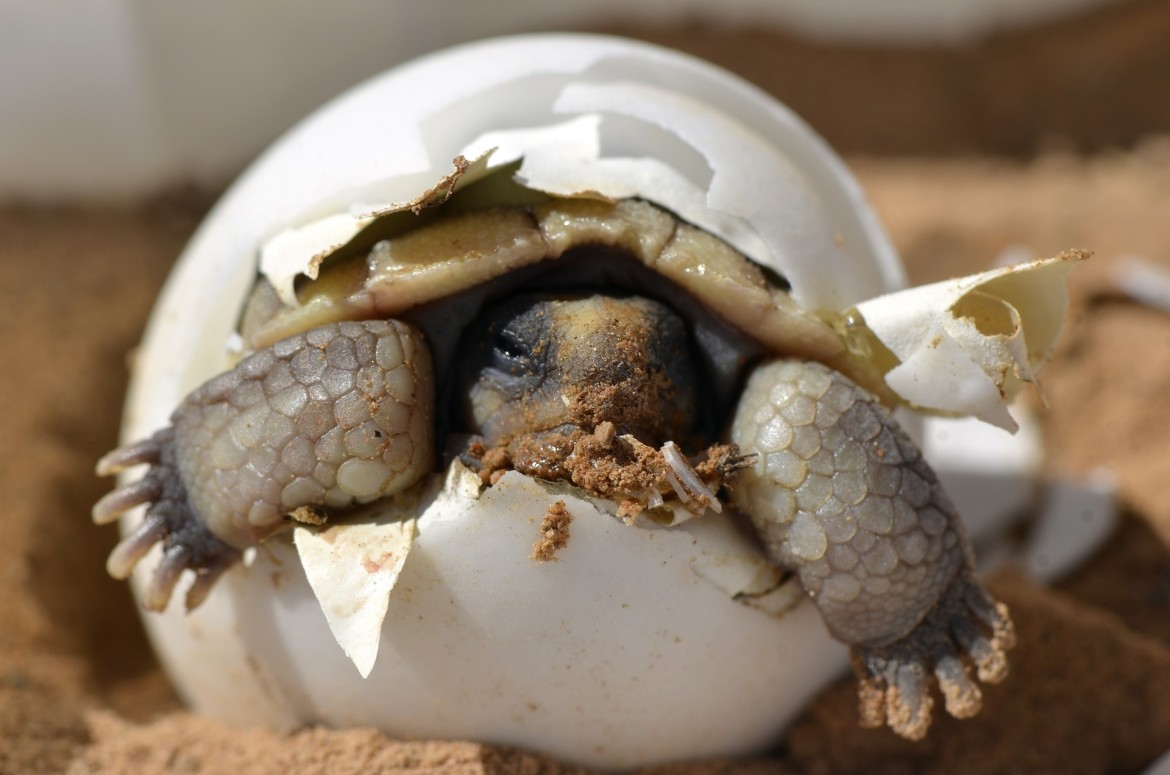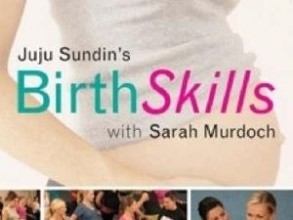What happens to your body during labour?
29 Sep, 2019Most women go into labour trusting that it will just happen, and Doctors and Midwives know what they’re doing so there is no need to really understand the physiology of it. I strongly believe that the more you understand about how your body works, and how mind and body are connected, the more you can have the birth you want and have a painless spiritual and empowering experience.
Most medical books or articles will refer to labour as having three stages, but I like the explanation of labour in Spiritual Midwifery which describes it as a continuous process rather than phases.
I think most women realise that their uterine muscles will contract and push a baby out but many do not realise that this happens at periodic intervals, that gradually get closer together. While there is a contraction, there is also a release, and many hypnobirthing mamas and midwives prefer to call these ‘rushes’ because while there is tension, there is also release, allowing you some respite to rest and renew your energy. Other mum’s refer to these rushes as surfing a wave - after the wave passes, the sea is calm and you have a chance to rest and brace yourself for the next wave. Ina May Gaskin suggests that its better to think of these rushes as an interesting sensation rather than something that is painful.
The First Stage of Labour
When the rushes come closer together and get stronger, this is known as the first stage of labour. You will have a ‘bloody show’ which is when the mucus plug in your cervix that has sealed off the uterus comes out and there will be a bit of blood. It may also come out when you go to the toilet and you may not notice it. The rushes will get stronger and the cervix slowly - or quickly - dilates. The first stage is until the cervix is fully dilated to 10 centimeters, when the baby’s head can pass through. The first stage could last from 20 minutes to over 2 days - although Ina May states that in her experience, for a first baby, this usually takes from 12 to 15 hours.
If you are in the first stage of labour, it’s a good idea to sleep as much as you can and save your energy for the latter half. You’ll want to rest and make your nest - avoid the temptation to stay up all night and time the rushes.
Your waters may have already broken or they may break during this stage, and you may not notice them at all. It may be a big gush or just a little bit at a time. At other times, a midwife will break your waters if you are fully dilated and they still haven’t broken.
Transition
This stage can feel very emotional as your cervix is nearly open and a lot of women will be scared that their bodies will rip in half or explode but rest assured, this has never happened to date. This emotional terrifying feeling is often called Transition. You may experience shaking, nausea and a surge of adrenaline as your primitive self looks for a safe place to labour - its important to have people around you who you trust, who can remind you to use your breathing to stay focused, to relax and bring back the oxytocin hormones.
The Second Stage of Labour
The second stage of labour is from when you are fully dilated to when the baby is born. This could take minutes or 2 - 3 hours. As your uterine muscles contract, and you push with your abdominal muscles, the baby will move through the pelvic bones and down the birth canal.
Our bodies are so amazing that the baby’s head bones are not yet fused together, allowing them to mold to the birth canal and pass through the pelvic bones. It’s important to breathe and pace yourself to allow your muscles to stretch, and give birth slowly without tearing. You will feel the need to push which is the Natural Expulsive Reflex (NER) which is your body’s reflex to get rid of waste. It may feel like you need to poo and many a baby has been born in the toilet - your midwife should recognise these signs as the baby crowning. You may also feel like vomiting which is part of the expulsive reflex.
A good midwife will guide you, letting you know when to hold yourself back and let your body stretch before pushing again. She might even press against the ‘taint’ to prevent tearing - that is the perineum area. Giving yourself perineal massages from week 37 onwards with almond oil or olive oil will help to stretch those muscles and prepare them for childbirth.
The baby crowns with the head appearing first usually, facing downward with the back of the head facing mum, it will then turn 90 degrees and the body will come out with the next few pushes. It’s important that the head comes out slowly so the midwife can catch it and check that the umbilical cord is not looped around the baby’s neck.
Once the head is born, the midwife will start suctioning the nose and mouth if required and hold the baby as the body gets pushed out. At this point the baby will start breathing but if it doesn’t, it might need some help from the midwife or doctor who will stroke its back, and try to get it to cry.
The midwife should then place the baby on your chest to allow them to make that army crawl wriggle to your nipple and start feeding. The hour after birth is really important for skin to skin contact as your baby will start bonding with you, associate your smell, skin, milk, touch - everything - with reassurance and safety. Your nipples will also have darkened leading up to birth as a visual marker for the baby to guide it. It will also get exposed to microbiomes from your skin.
Some babies will open their eyes and try to breathe straight away, others will be quite still and seemingly oblivious to their own birth. The umbilical cord should be cut after it stops pulsating and your baby has started breathing on its own.
The Third Stage of Labour
The third stage of labour is after the baby is born when you will deliver the placenta - the amazing organ that has been feeding your baby nutrients, blood and oxygen over the last nine months. The placenta is pretty easy to push out as it doesn’t have bones. Birthing the placenta will happen once you start getting rushes again after your baby is born. Some people say this happens once baby starts breastfeeding and that surge of oxytocin kick starts the after-birth.
Ina May Gaskin states that in their fam practice, the placenta is usually delivered about 10 - 20 minutes after baby is born, but this can vary depending on how comfortable you are and your individual circumstances. Most hypnobirthing books and websites I have read say it is an hour after birth. I believe that the more safe and secure you feel during birth, the faster the birth of your baby and the after birth will be.
In her book Spiritual Midwifery, Ina May Gaskin gives advice to mothers for the time of their birth. She says it’s important to learn how to relax, keep your sense of humour and be brave and nice to people around you, as this will create the energy you need in those around you and keep your pelvic floor muscles loose and open during labour. She says to trust your monkey self when you are in labour rather than your brain, as your monkey self knows what to do!
After the labour is over, the midwife or doctor will do some checks on you and the baby, and give the baby an APGAR score, all this can be done while the baby is still on your chest. They may also need to give you stitches if you tear, but if you are well supported and guided through childbirth, this shouldn’t happen.
I truly believe that childbirth should be a spiritual and beautiful experience, not something to fear. The only thing I fear is not having the ability to make informed decisions and have choices available to me during birth. It’s important that you choose the right provider and place to give birth where you have your options made clear to you.
Cover Image by skeeze from pixabay
Get The Best Of Sleepy Roo Delivered To Your Inbox
Subscribe to my newsletter and get the latest info on baby sleep! You can unsubscribe at any time.



